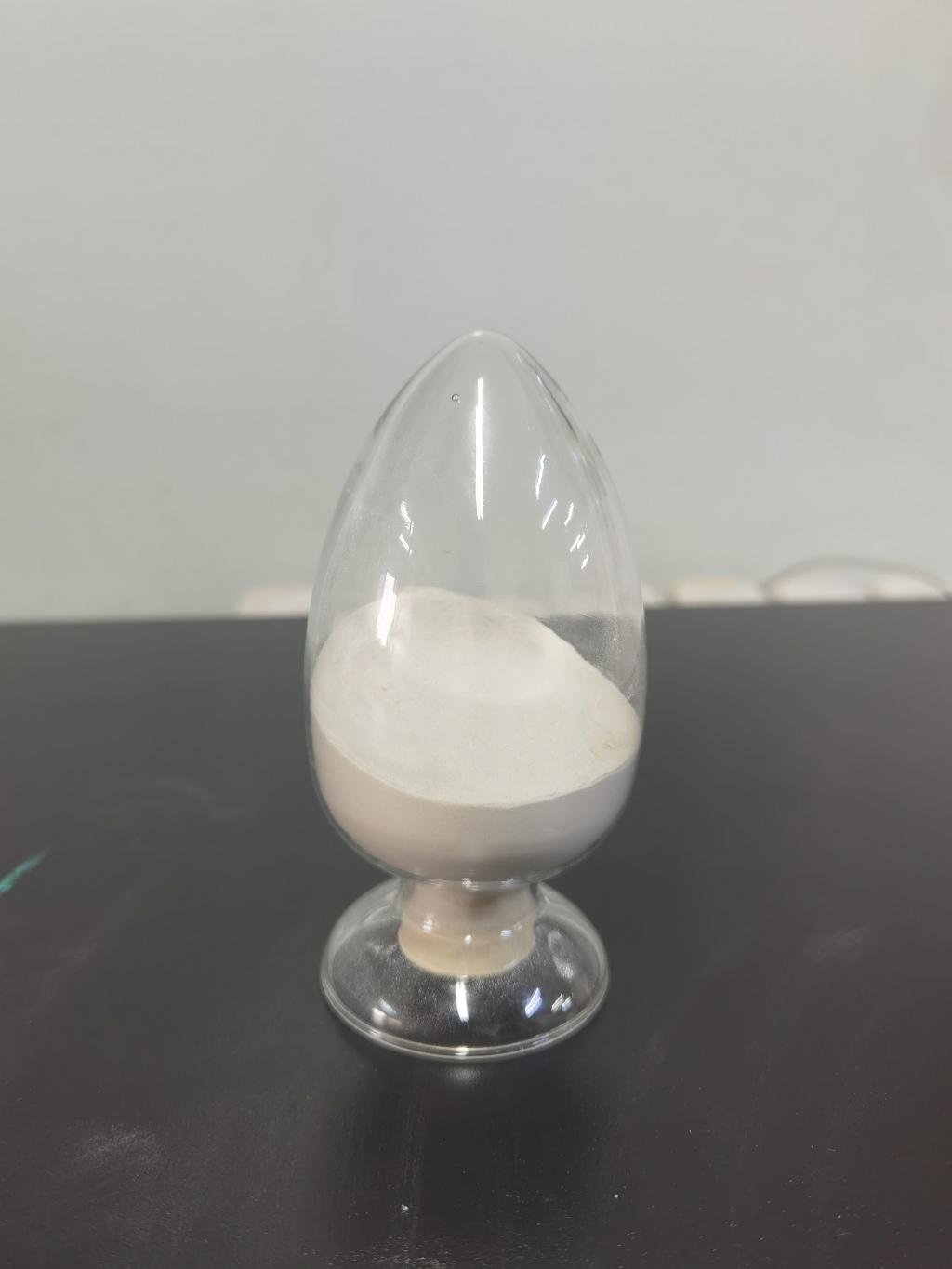Tel:0086 18231198596

News
Current Position:
Home >
News
>Nisin has been widely recognized as safe by regulatory authorities around the world.
Nisin has been widely recognized as safe by regulatory authorities around the world.
TIME:2024-03-20
Regulatory Status:
Nisin's safety has been extensively evaluated by regulatory authorities worldwide. In the United States, the Food and Drug Administration (FDA) has approved nisin as a food additive, classifying it as Generally Recognized as Safe (GRAS) when used within specified limits. Similarly, the European Food Safety Authority (EFSA) has evaluated nisin and established an acceptable daily intake (ADI) for its use as a food additive in the European Union. These regulatory approvals underscore the consensus among regulatory bodies regarding the safety of nisin for use in food products.
Scientific Evaluations:
The safety of nisin is supported by a wealth of scientific evidence derived from toxicological studies and risk assessments. These studies have consistently demonstrated that nisin is not genotoxic, carcinogenic, or teratogenic. Moreover, nisin exhibits low acute toxicity and is unlikely to cause adverse effects at concentrations commonly used in food products. Comprehensive risk assessments have confirmed that the levels of nisin found in food are well below the established safety thresholds, further corroborating its safety profile.
Toxicological Studies:
Toxicological studies play a crucial role in assessing the safety of food additives such as nisin. These studies evaluate the potential adverse effects of nisin on various physiological systems, including the gastrointestinal tract, immune system, and reproductive organs. Numerous studies have shown that nisin is well-tolerated by humans and animals, with no evidence of systemic toxicity or organ damage. Additionally, long-term feeding studies have demonstrated the absence of adverse effects even at high doses, further reinforcing the safety of nisin as a food additive.
Global Acceptance:
Nisin's safety has been recognized by regulatory authorities not only in the United States and Europe but also in other regions around the world. In countries such as Canada, Australia, Japan, and China, nisin is approved for use as a food additive, subject to specified regulatory limits. This global acceptance underscores the confidence that regulatory agencies have in the safety of nisin and reflects its widespread use in diverse food products across international markets.
Consumer Perception:
While regulatory approvals and scientific evaluations attest to the safety of nisin, consumer perception also plays a significant role in shaping its acceptance. In recent years, there has been growing consumer interest in natural and clean-label ingredients, driving demand for preservatives such as nisin. Consumers are increasingly scrutinizing food labels and seeking products free from synthetic additives, making nisin an attractive option for manufacturers aiming to meet these preferences.
Challenges and Controversies:
Despite its safety profile, nisin has not been immune to controversies and challenges. Some studies have raised concerns about the potential emergence of nisin-resistant bacteria and the impact of nisin on the gut microbiota. However, these concerns have been largely mitigated by ongoing research demonstrating the limited development of nisin resistance and the selective targeting of Gram-positive bacteria by nisin. Additionally, advances in formulation techniques and dosage optimization have addressed concerns about potential adverse effects on the gut microbiota.
Future Directions:
As the food industry continues to evolve, the safety of food additives like nisin remains a top priority. Ongoing research and monitoring efforts are essential to ensure that the safety of nisin is upheld and any emerging concerns are addressed promptly. Moreover, continued collaboration between regulatory authorities, industry stakeholders, and the scientific community can further enhance our understanding of nisin's safety and efficacy. By maintaining a robust regulatory framework and fostering transparency in food labeling, we can instill confidence in consumers and ensure the continued use of safe and effective food additives like nisin.
Conclusion:
Nisin's safety has been rigorously evaluated and confirmed by regulatory authorities worldwide. Extensive scientific evidence supports its use as a food additive, and comprehensive toxicological studies have demonstrated its safety profile. With regulatory approvals in numerous countries and widespread acceptance by consumers, nisin continues to play a vital role in ensuring food safety and quality. As we look to the future, continued vigilance and collaboration will be key to maintaining the safety and integrity of food additives like nisin, thereby safeguarding public health and consumer trust.

 CONTACT
CONTACT




